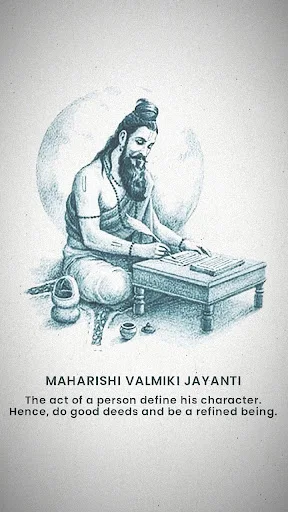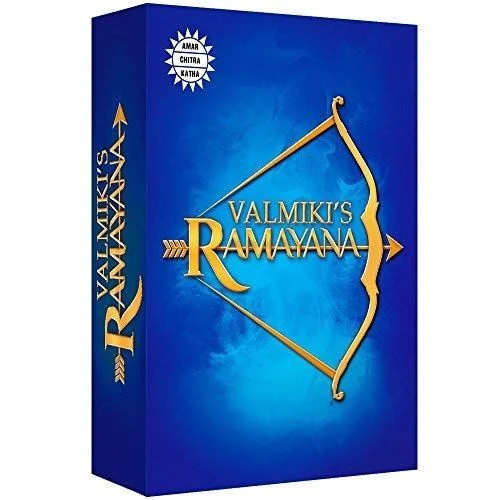Dev and Danavs
Hinduism, one of the world's oldest and most intricate belief systems, is replete with mythological narratives that paint a vivid picture of its spiritual landscape. At the heart of this complex religion are two fundamental categories of celestial beings - the Devs and the Danavs. These two groups of divine entities possess distinctive qualities and roles that shape the very essence of Hindu cosmology.
The term "Dev" is employed to describe deities and celestial beings within Hinduism. Devs are often revered for their benevolence, their embodiment of righteousness, and their role as protectors of dharma - the path of righteousness. These celestial figures are many and diverse, each representing various aspects of the divine. Among the well-known Devs are Brahma, the creator of the universe; Vishnu, the preserver; Shiva, the destroyer; and goddesses such as Lakshmi, associated with wealth, and Saraswati, the embodiment of knowledge and wisdom. These Devas play pivotal roles in preserving the cosmic order and significantly influence human affairs.
Conversely, "Danav" is the term used to describe demoniac or malevolent beings in Hindu mythology. Danavs are often characterized by their association with chaos, darkness, and their steadfast opposition to dharma. They become the antagonists in many of Hinduism's epic narratives. Some of the most formidable Danavs include Ravana, the primary antagonist in the epic Ramayana; Hiranyakashipu, a notorious adversary in various legends; and Mahishasura, a demon famously defeated by the goddess Durga. The Danavs represent the disruptive forces that challenge the divine order and serve as perennial foils to the Devs.
The history of Devs and Danavs in Hinduism is a narrative that spans countless centuries, deeply rooted in the ancient sacred texts, epics, and the collective consciousness of the religion's followers. These celestial beings have left an indelible mark on Hindu mythological heritage.
The Vedas, dating back over three millennia, represent the oldest sacred texts of Hinduism. They mention deities who later evolved into the revered Devs. Over the centuries, the pantheon of Devs expanded to encompass a myriad of gods and goddesses, each embodying different aspects of the divine. Lord Vishnu, as the preserver of the universe, and Lord Shiva, the destroyer and transformer, rank among the most exalted Devs. These divine figures have been the focal point of veneration, rituals, and devotion for countless generations.
In stark contrast, the Danavs find their origins within Hindu epics and Puranas, where they often play the role of formidable adversaries. The adversarial relationship between Devs and Danavs is a central theme in these narratives. The epic Ramayana showcases the conflict between Lord Rama and Ravana, while the Mahabharata features the epic battle between the virtuous Pandavas, representing the Devs, and the Kauravas, who harbor significant Danav elements within their ranks.
The enduring conflict between Devs and Danavs stands as a recurrent motif within Hindu mythology, representing a profound allegory for the eternal struggle between good and evil, order and chaos, and righteousness and malevolence. These narratives are not mere tales of celestial battles but profound lessons that mirror the human experience.
One of the most iconic sagas illustrating this theme is the "Samudra Manthan," the churning of the cosmic ocean. In this episode, Devas and Danavs join forces to churn the ocean in pursuit of the nectar of immortality. However, disputes and conflicts emerge during the process, signifying the inherent tensions between these celestial groups and symbolizing the ongoing cosmic battle between positive and negative forces.
In the Ramayana, the epic confrontation between Lord Rama and Ravana epitomizes the timeless struggle between good and evil. Rama's ultimate victory over Ravana is celebrated as a triumph of dharma and righteousness, underscoring the enduring belief that righteousness will ultimately prevail.
The Mahabharata, a monumental epic filled with intricate moral dilemmas, political intrigue, and epic battles, features Devs and Danavs as central characters. The Pandavas, representing the Devs, engage in a grand war against the Kauravas, who count formidable Danav elements among their ranks. This conflict serves as a complex allegory of the interplay between dharma, duty, and destiny.
The stories of Devs and Danavs, with their epic battles, intricate moral dilemmas, and enduring philosophical lessons, continue to captivate and inspire believers, providing a rich and enduring tapestry of mythological narratives within Hinduism. These narratives serve as a reminder of the age-old struggle between light and darkness, good and evil, and the timeless quest for righteousness in the world.















